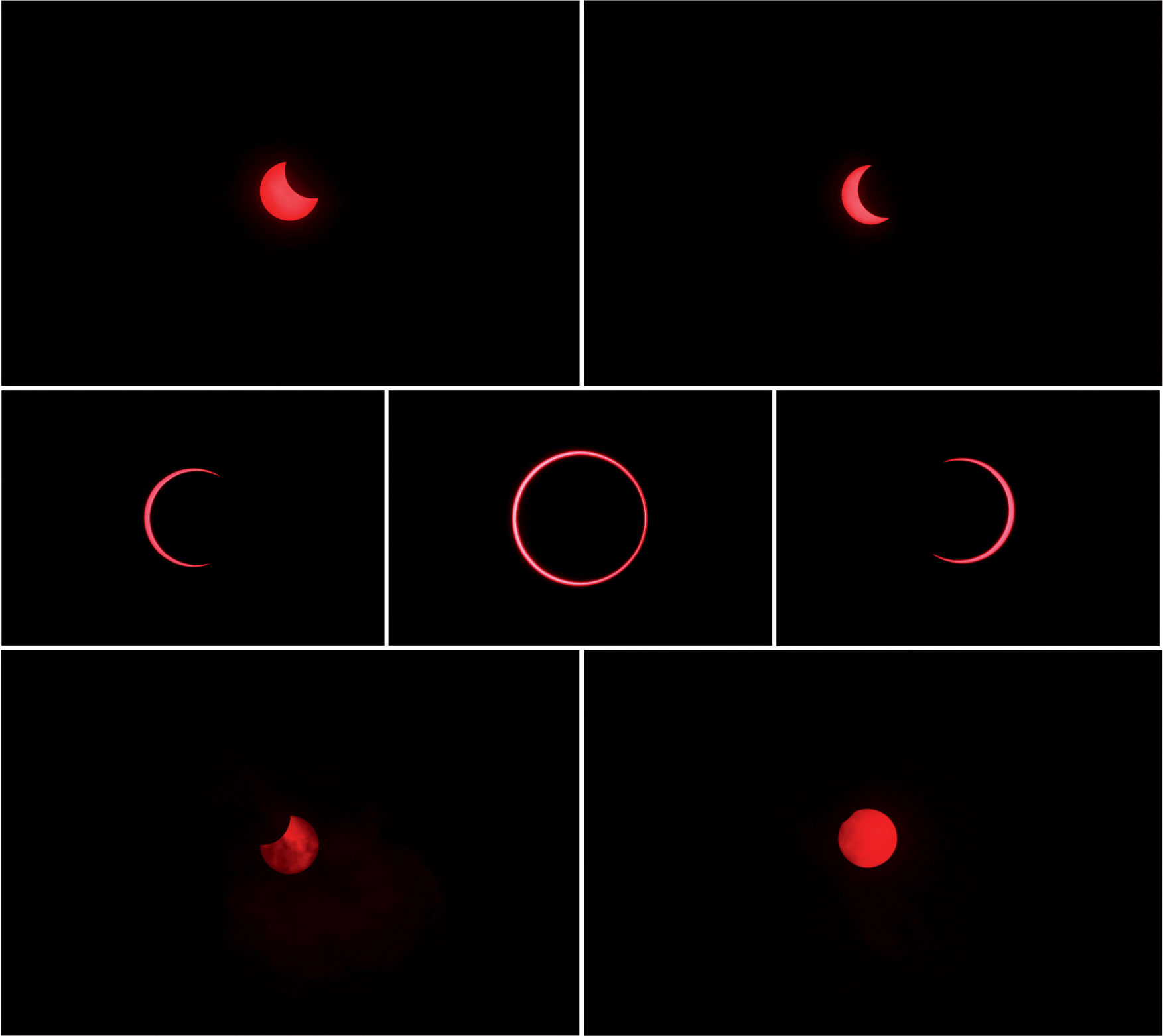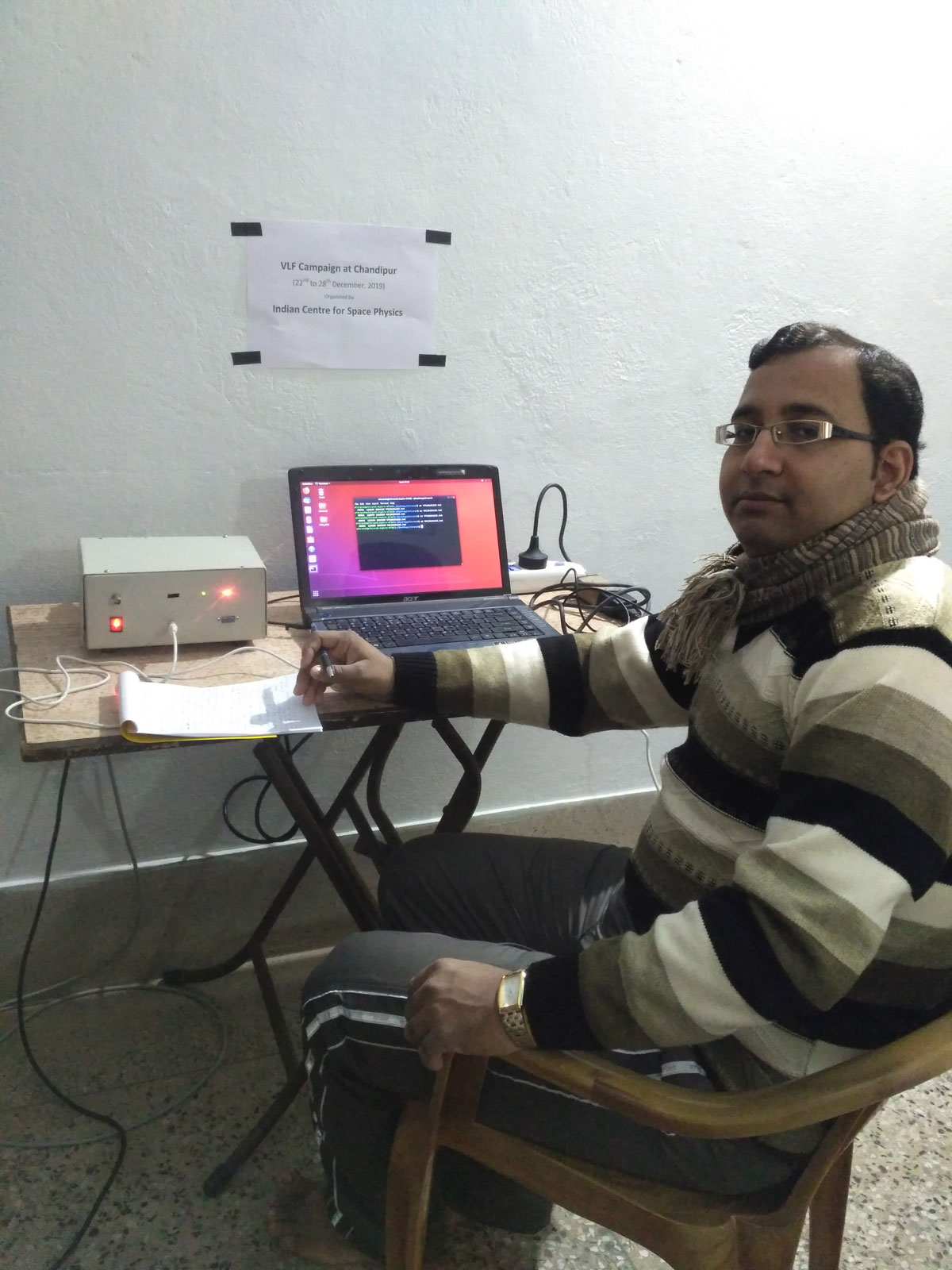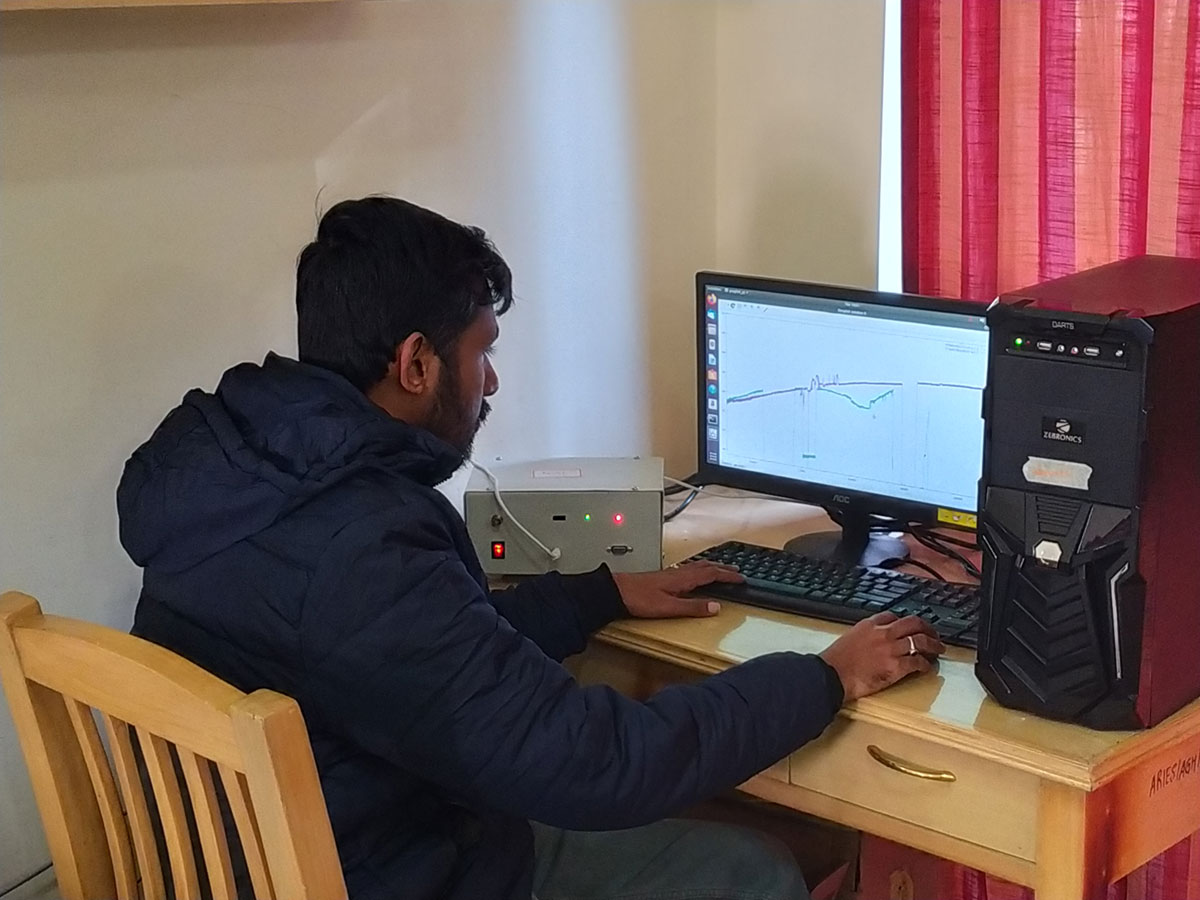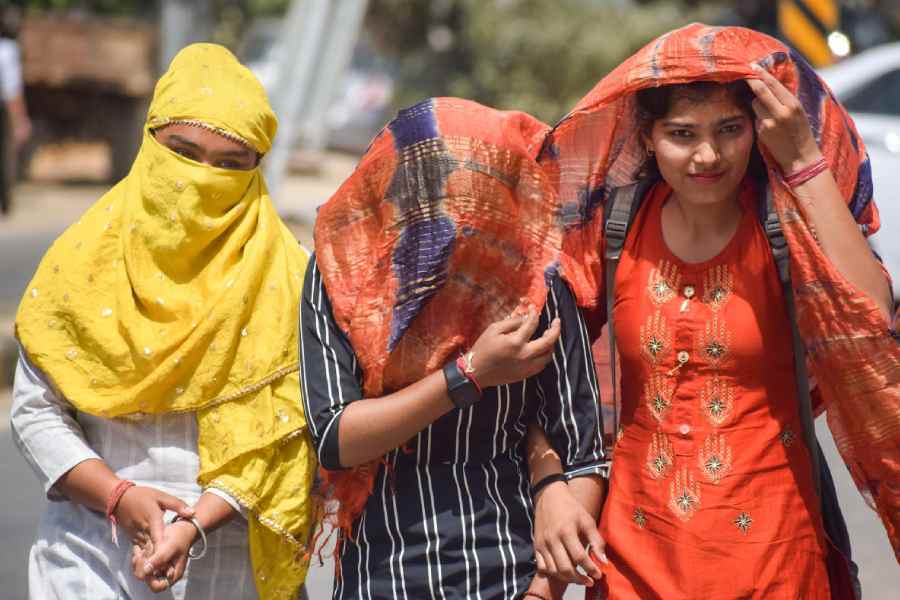Life evolved on Mother Earth not only because of the water and oxygen available here but also for other not-so-obvious reasons. One of them is the ionosphere, which absorbs harmful ultra-violet (UV) and X-ray radiation from the sun and other cosmic sources before it can kill us. The ionosphere is really a region of the atmosphere, typically ranging from a height of about 60km to 150km above the earth’s surface. Radiation hits the oxygen and nitrogen molecules in the upper atmosphere hard enough to knock out the electrons, turning the gas molecules into ions. The free electrons make the upper atmosphere behave like a metal surface, reflecting back radio waves and allowing us to listen to distant radio stations.
The surface of the earth, two-thirds of which is covered in saline water, is also a good conductor. The ionosphere and the surface together act like an optical fibre, ping-ponging long wavelength radio waves from one side of the earth to the other without much attenuation. This is what helps navy stations communicate with submarines.

'It is difficult to study the ionosphere. It is too high for balloons, too low for satellites and rockets can collect data only for a few minutes while passing through' (iStock)
What happens if the ionosphere is perturbed by an excess of (solar flare) or a deficit in (an eclipse) radiation from the sun? When the sun rises, its radiation increases the ionisation and the ionosphere comes down from 90km to 60km above the surface. If there is very strong emission of X-rays from the sun, for example during a solar flare in solar maximum when the sun is most active, the ionised layer comes down even further.

Debashis Bhowmick took data from Ahmedabad
When the sun sets, the electrons recombine with the ions and the lower limit of the ionosphere returns to a height of 90km. This is an everyday occurrence. If there is a gamma-ray burst (GRB) in a distant galaxy — where a spinning star collapses or binary neutron stars coalesce to create a black hole — the radiation can hit the earth and send the ionosphere to a far lower height, perhaps even 20km above the surface. If there were a GRB in our Milky Way galaxy, the whole atmosphere would be replaced by an ionosphere and our very existence would be threatened.

Swati Choudhury, a PhD student who took data from Bankura
Unfortunately, it is very difficult to study the ionosphere. The altitude is too high for large balloons, rockets can take data only for a few minutes while passing through it while satellites cannot be placed at such a low height since the residual atmosphere would offer resistance, eventually burning them up. The only way is to send very low frequency radio waves and study how they are reflected. The problem is how to change circumstances so that readings can be taken in different scenarios.

Suman Roy took data form Chandipur
A solar eclipse does the job naturally. The annular solar eclipse of December 26 provided one such opportunity to measure the effects of blocking the sun’s UV and X-rays on the ionosphere. While people were eagerly watching out for the eclipse, scientists of the Indian Centre for Space Physics (ICSP) in Calcutta were busy with their radio receivers. In the wee hours of December 22, 14 researchers quietly left for their destinations, each armed with an antenna, receiver, pre-amplifier, a massive pile of cable and, of course, a laptop. Colleagues at Nepal and Abuja in Nigeria, who had already been given these receivers, were also alerted. The goal was to set up makeshift laboratories in the hotel rooms they would be occupying for five days to receive reflected radio waves before, during and after the solar eclipse. Radio waves would reach them from different paths, thus sampling different parts of the ionosphere. The source radio stations were the two most important navy station signals, namely VTX of the Indian Navy and NWC of the US Navy located at North West Cape, Australia.

Soujan Ghosh took data from Nainital
A solar eclipse causes the electrons to recombine with the ions and the affected region of the ionosphere behaves as though night is imminent. Thus the reflection coefficient and the location changes and the signals show very distinct deviation. When the eclipse is over, the daytime ionosphere prevails. It is heartening to see that all our scientists received extraordinary signal deviations, which is directly correlated with the ionospheric behaviour during the moon’s shutting down of the sun’s radiation.
It is important to leave the earth’s ionosphere, a gigantic, 12,000km detector, intact for our own survival. Pollutants, heavy powerlines and other anthropogenic disturbances are constantly changing the ionosphere. Experiments such as the ones carried out by the ICSP are needed to monitor such changes. These would provide the internal mechanism of breathing of our ionosphere. It would be interesting to find out if the ionosphere has started suffocating yet.
The writer is an astrophysicist and the director of ICSP. His team had an opportunity to study the ionosphere










